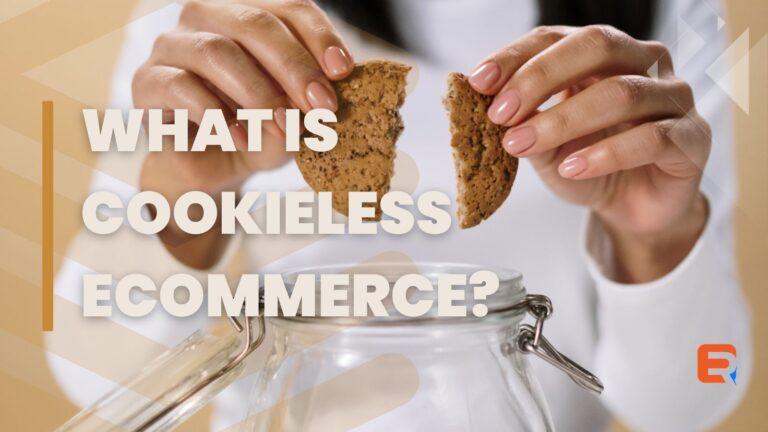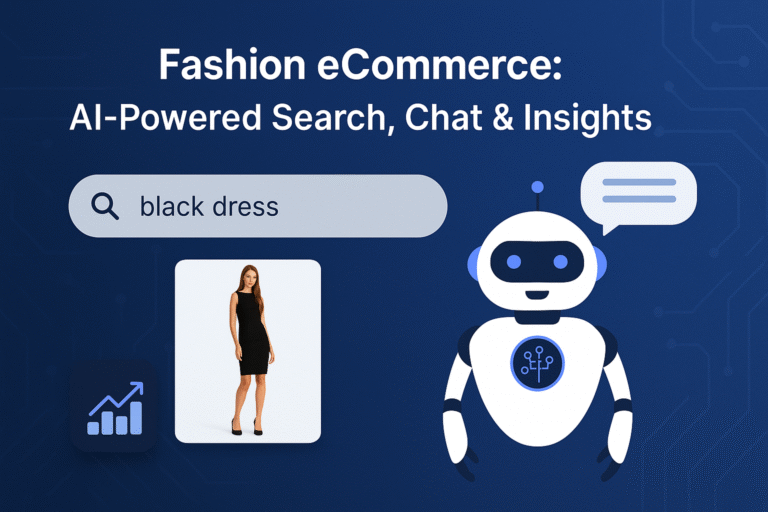One of the significant drivers of growth for an eCommerce store is the effectiveness of its customer experience. Making sales in eCommerce goes beyond having the right products to sell or having a nice layout for your eCommerce website. The customer experience plays a massive role in how users will stay on your website and finally decide to buy. This is where cookies come in.
Cookies are beneficial to eCommerce marketers as it helps them collect and analyze users’ data to provide a unique shopping experience for each user. Cookies serve two purposes. They help users store their activity, so they don’t need to restart their search process once they log in to an eCommerce store. They help marketers access users’ data on their platform such that the cookies algorithm can suggest products unique for customers and make their shopping experience enjoyable.

However, users are beginning to get wary of privacy issues. For example, the cookies system threatens users’ control of their online shopping activities. As a matter of fact, tech giant browsers like Chrome, Safari, and Firefox are planning to get rid of cookies soon.
The truth is, we cannot deny the effectiveness of the objective of cookies as they help to improve customer experience and also give direction for marketers’ ad campaigns for their products. Thus, there is a need for a system that can protect users’ privacy but still achieve the overall goal of improving customer experience. That system is cookieless eCommerce.
So, as an eCommerce store owner that seeks to understand how to create customized customer experiences without breaching users’ privacy, you need to learn about cookieless eCommerce.
In this article, I will explain what cookies are, what it means to go cookieless, and how to prepare for cookieless eCommerce.
What are cookies?
Cookies are files that contain records of your activity on a particular website. These files are sent to you from the websites you visit. For example, they can contain your username and password, browsing activity, products you have viewed, and items you abandoned in a cart.
Website cookies algorithm helps you save this information so that you won’t need to keep logging in anytime you want to access the website. This is why it is possible for you to return to your last activity on a website anytime you want to check them out again.
We have three types of cookies, and they all serve specific purposes.
Types of cookies
First party cookies
These are cookies generated by the website you visited. The data is hosted on the website and sent to your device. First-party cookies do not share the information they obtain with any outside source. So, they are a bit secure.
Third-party cookies
These cookies are created by external platforms apart from the eCommerce site you visited. Third-party cookies are responsible for leaking users’ browser activity information to other platforms that have their integrations on your eCommerce site.
For example, suppose you visit a website that has Facebook like or shares integrations on their website. In that case, a third-party cookie will be created by the like or share button, which will, in turn, send your browser activity on the website to your Facebook page. So, you can exit the eCommerce store, log in to Facebook and start seeing suggestions of the products you viewed on that eCommerce store. Changes in third-party cookie usage may mean that this type of cookie will disappear soon.
Session cookies
Session cookies are only saved on users’ browsers while the user is still in session and are deleted later when the user exits the session.
Cookies provide fantastic experiences for users and marketers. Now, seeing the importance of cookies, why do we need to opt for cookieless eCommerce?
Why cookieless eCommerce?
Cookieless eCommerce is an eCommerce solution that saves analytics for web activity on other accessible remote servers instead of sending them to users’ devices.
Cookieless eCommerce is needed because of the constant complaints of users over a breach of privacy when browsing online. As a matter of fact, 72% of people in the research believed that their browsing activity was being tracked. Therefore, this issue of a breach in user privacy serves as a solid validation for the cookieless eCommerce approach.
How to switch to cookieless eCommerce

One thing is certain. Cookies will soon go into extinction. So, the earlier you switch to cookieless, the better you get at it.
These are some tips that will help you run a cookieless eCommerce.
Use server-side tracking
Server-side tracking is a data analytics method that utilizes users’ IP information to track their activity instead of saving cookies sessions on the user’s device. This option is safe and secure. The user can delete or discard cookies, but IP addresses are not easy to change. Hence, you stand a better chance of still accessing the data without compromising users’ privacy. Also, cookies have limits on the size of data they can store. Server-side tracking can store and track data without size limits.
Integrate data analytics in your market automation software
Beyond managing repetitive tasks and running your ad campaigns, you can get customer data with your marketing software. At every stage of users’ interaction with the software, you can include subtle questions to get their product preferences and monitor their purchase behavior.
Leverage first-party data to get customer preferences
First-party data is the information you get first-hand from your customer. This does not involve monitoring browsing activity or storing their information somewhere. It is simply based on customer interactions on the app or website. This information is unique to your business and is not available to any third-party business.
A first-party data strategy also helps you build personal relationships with your customers. You can know them on a personal level and attend to their unique needs.
Use heat maps for analytics.
You can integrate a heat map into your website to monitor users’ activity on your website without a security compromise. Heat maps help you know the pages users visit on your website, the items they interact with, the products they search for, and the ones they add to the cart. This information can let you know how to serve them better.
Conclusion
Cookies are on their exit from the eCommerce business. It is better to start preparing for cookieless eCommerce now so that you would have had enough grasp of it before everything about cookies stop. Leverage other options apart from cookies for your eCommerce business. Don’t delay on it.




